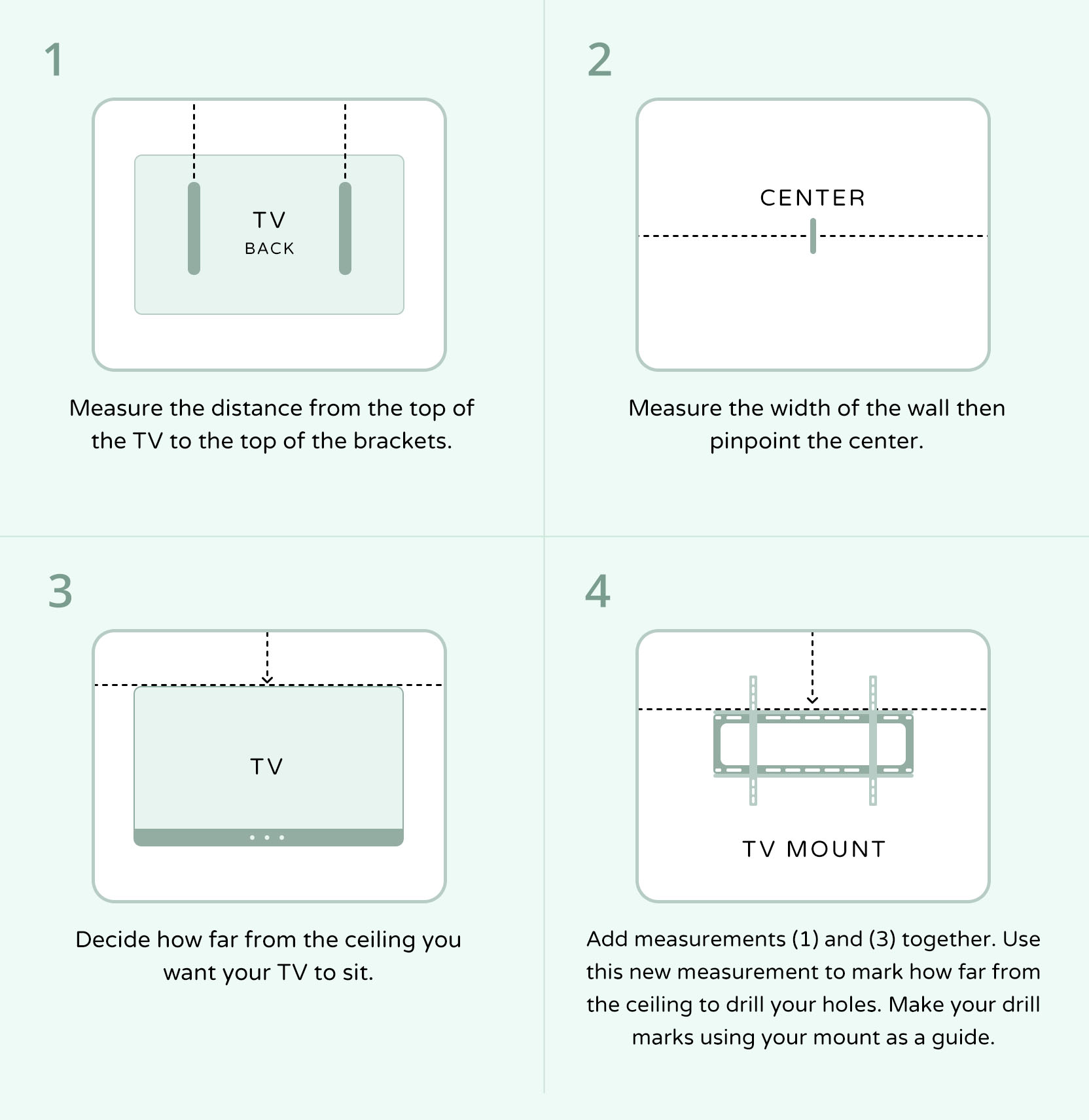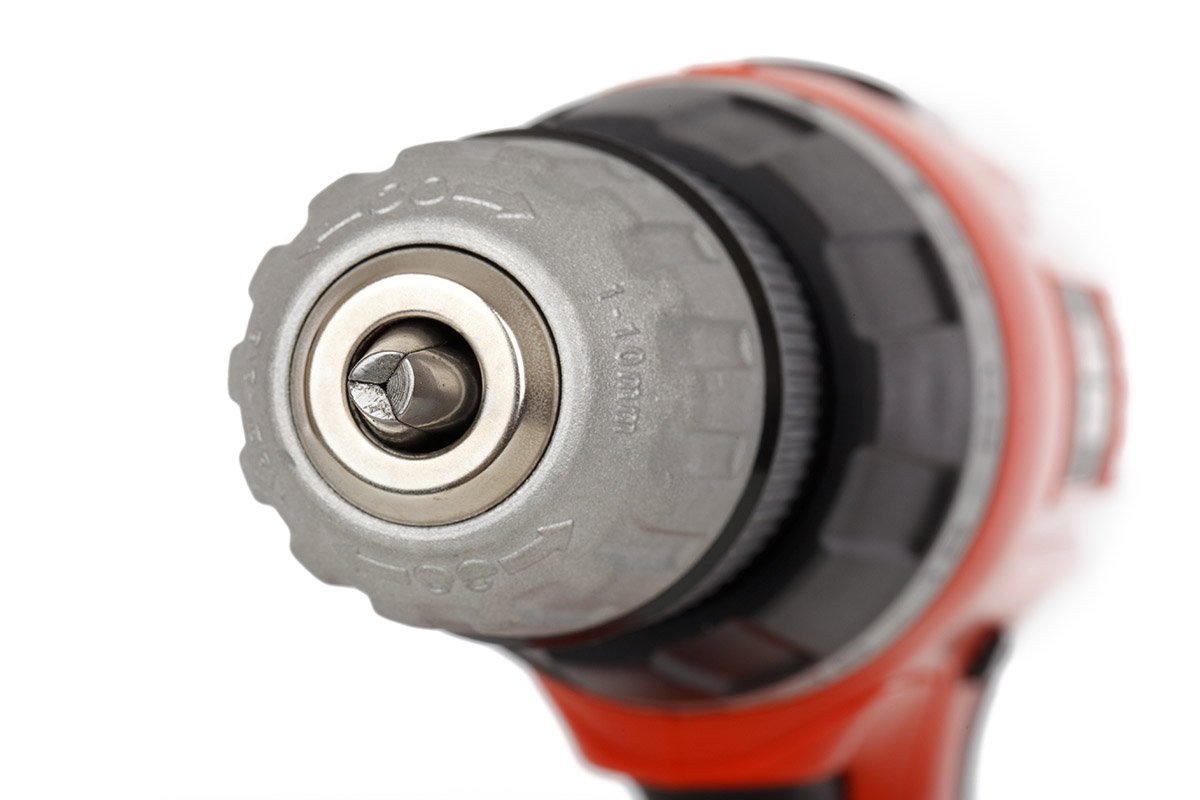Ever since I wrote an article about the best TV wall mounts, I’ve had people asking me how to mount a TV. A request like this demands more than a simple blog post. Visuals are helpful when explaining a DIY project. That’s why we’ve decided to demonstrate how to mount a TV with a video. This video is the first in our series called DIY Toolbox.
I created this instructional with the help of one of our Lula approved handymen.
What you’ll need to mount a TV:
- Drill
- Screwdriver
- Measuring Tape
- Level
- Stud Finder
- Snap Toggles or Drywall Anchors (only if there are no studs)
- TV Mount
Here is a step by step list to go along with the video:
Before you mount your TV, you will need to choose a wall mount. This part is tricky because people don’t realize that specific mounts fit certain TVs. It’s not difficult to figure out if a wall mount will fit your TV. You can either do a quick Google search or look in your TV’s owner manual.
The bracket holes on the back of your TV are arranged in something called a VESA pattern. VESA is a set of standards for TVs and other monitors. It determines the size and placement of the screw holes that are required to mount a TV.
Once you know the compatible VESA pattern, you can decide what type of mount you want. I wrote an article about the best TV wall mounts that ranks the best full-motion, tilted, and fixed brackets that might help you choose.
Once you have your mount and a TV, you can install it on the wall. Note: some wall mount warranties don’t cover TVs that are mounted without studs. Be sure to double check that before you install a TV without studs. While it can be a reliable option, some wall mount brands do not endorse hanging a TV without studs or concrete.
Step 1: Attach the Brackets to the TV
Some people think that the first step is determining how high up on the wall you want the TV.
“I always tell people to attach the brackets to the TV first,” our handyman says, “that way you can measure how high the TV will sit.”
To install the brackets, you’ll need the correctly sized screws. Most mounts come with a packet containing multiple sets of screw sizes. Using the proper size on your brackets is crucial. If you use screws that are too small, the brackets might not hold. If you use screws that are too long, you could damage the TV. Again, a quick Google search or a flip through the owner’s manual will tell you the appropriate screw size.
Screw these in with a screwdriver to avoid any damage to the screen.
Although we do it in the video, we never recommend placing a TV face down on the ground. Attach the brackets with the TV standing up, or gently lay it down on soft ground.
Step 2: Measurements
Before jumping to the wall to measure, take your measuring tape and measure from the top of the TV to the top of the mounting brackets. This measurement will help you accurately gauge how high you can mount the television.
Most people want the TV horizontally centered on the wall. Measure the width of the wall, then find the middle. You will want to hang the TV from that point.
Next, mark how high you want the TV. Remember, the top of the TV will be (x) inches taller than your mount. So if you want the top of the TV to sit 24″ from the ceiling, you will need to place the mount (x) inches lower than that 24″ mark.


Step 3: Make Your Marks
If you’re mounting your TV into wall studs, this is the step where you will need a stud finder. Run your stud finder along the wall to find the studs. Most residential buildings have wooden studs. If you are mounting in a commercial space, you might have steel studs.
You will need to make four drill marks on the wall. Rather than guessing and measuring, use the mount as a guide for where you’ll want the screws to go.
As you’re making these marks, use a bubble level to check if everything is even.
Step 4: Drill the Pilot Holes

Whether you are screwing into studs or hanging on drywall, you should drill pilot holes. Pilot holes serve as a guide for screws or drywall anchors.
Using your placements from the previous step, drill one pilot hole. Take your bracket and a screw, and loosely screw the bracket into the one hole. Take your level and make sure your marks still look even. If they are, drill the rest of the holes.
Step 5: Install Strap Toggles
If you are screwing into wooden studs, you won’t need any type of anchor. If you are screwing into steel studs, we highly recommend using strap toggles (also called snap toggles). You can see how easy these are to use in the video.
If you don’t have studs, you will need to use drywall anchors. These anchors help stabilize the weight and prevent your TV from tearing a hole in your wall.
Not all drywall anchors require drilling pilot holes. In fact, some you can even screw in with a screwdriver! But the toggles that we used in the video need pilot holes.
Step 6: Install the Mount
You’re almost done.
With your mount placed, screw in the four screws to attach the mount to the wall. These either go into your toggles/anchors or directly into your pilot holes (if you’re connecting to wooden studs). Once the screws are all the way in, hand tighten them using a screwdriver.
Check the level one last time to ensure the TV will be straight.
Step 7: Hang the TV
The final step.
Take your TV, and carefully hang it on the mount. You’ll take the hooks on the back of the TV and gently hang them over the top of the bracket part of the bracket that’s connected to the wall.
Once you are sure you have the TV hung correctly, finish securing. This extra precaution is just added safety to prevent the TV from moving around.
Professionals may make mounting a TV look easy, but it could prove to be more difficult for the rookie DIYer. Not all mounts are the same, but if you follow these basic instructions, you should be more than capable of mounting your TV. If not, schedule a professional handyman today!
Anything found written in this article was written solely for informational purposes. We advise that you receive professional advice if you plan to move forward with any of the information found. You agree that neither Lula or the author are liable for any damages that arise from the use of the information found within this article

Perfect article
Thank you!
Installing a T.V. isn’t necessarily difficult! I think even the most basic DIY’ers can probably take it on themselves!
Absolutely! If a person has a few basic tools, they can install a tv themselves. All it takes to learn is watching an innovative how-to video 🙂
Great guide.These tips make TV mounting much easier, especially the bracket attachment tip. Thanks for sharing.